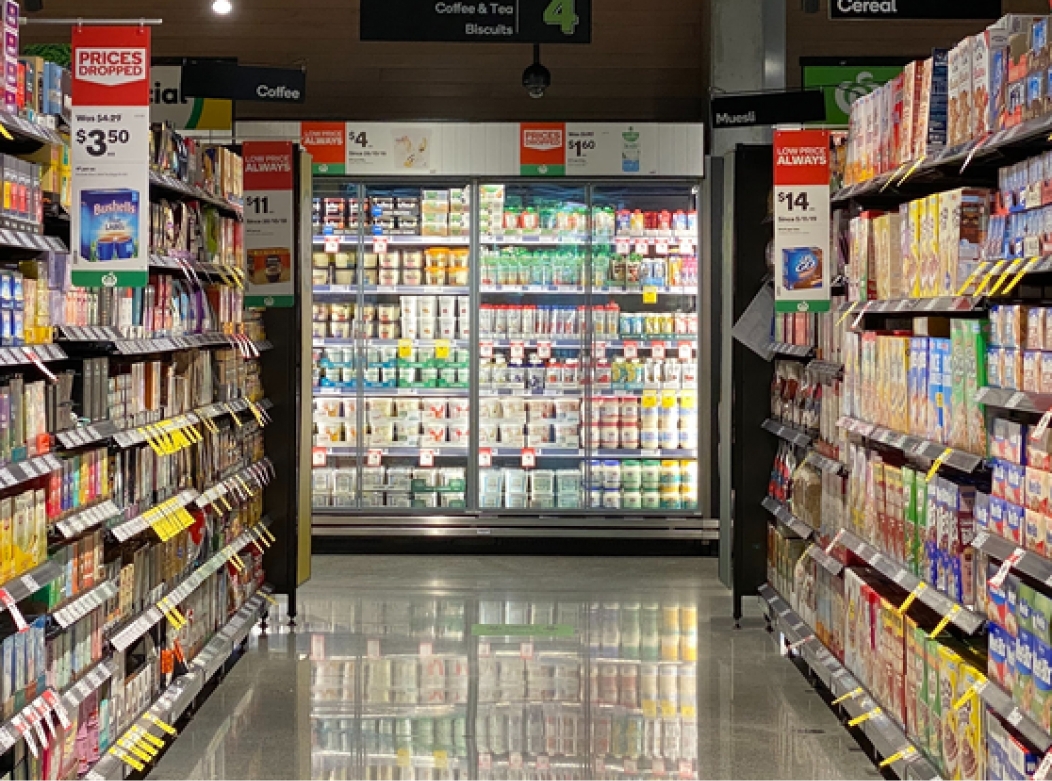What are olefins used for and why do they matter?
Olefins are widely used as raw materials in the manufacture of chemical and polymer products like plastic, detergent, adhesive, rubber, and food packaging. They consist of a group of chemicals: ethylene, propylene, and butadiene.
How they are made
There are multiple methods for producing olefins from crude oil, natural gas, coal, and methanol. These petrochemical processes break down saturated hydrocarbons into unsaturated hydrocarbons. The unsaturated hydrocarbons (ethylene, propylene, and butadiene) can then be used to manufacture a wide range of essential products.
The takeaway is that all olefin production currently uses hydrocarbons as the base starting substance and requires heat from burning fossil fuels throughout the process. The processes needed to manufacture are considered hard to abate because the limiting factors are defined by cost and the laws of chemistry.
Olefins and the products they give us

Ethylene
Ethylene is the most widely produced of the olefins and is used across many industries. It is a basic ingredient in things like fabricated plastics and antifreeze, and is used to make fibers. It is the foundation for ethylene oxide, most widely used as a sterilizing agent for medical equipment and in manufacturing ethylene glycol. And it is the primary building block for producing polyethylene, used in food packaging, grocery bags, wire insulation, toys, mulch, and multiple kitchen and household products.
Propylene
Propylene is also called propene and methyl ethylene. Its primary use is in making polypropylene, a material that accounts for 25% of all plastic products. Polypropylene is present in things like food packaging films, prescription bottles, plastic parts, carpet fibers, and some textiles.
Other applications include:
- propylene oxide (used in fumigants, detergents, and lubricants)
- acrylic acid (found in coatings, adhesives, elastomers, paints, and polishes)
- acrylonitrile (rubber and some plastics)
- cumene (paint thinner)
Butadiene
The main applications for butadiene involve synthetic rubbers. It is in things like tires, carpet backing, gloves, shoe soles, wetsuits, and asphalt. Butadiene is a primary component in neoprene fabric.
Reducing the negative impact of olefins on the environment
While olefins by definition are a derivative of hydrocarbons, a significant volume of fossil fuel must be burned throughout the chemical processing chain to supply heat to fire the conventional chemical reactors. Replacing dirty fossil-fuel-fired chemical reactors with photoreactors will dramatically reduce greenhouse gas emissions related to olefins.
While lower-emission olefin production will be difficult, it is on the Syzygy research and development roadmap.